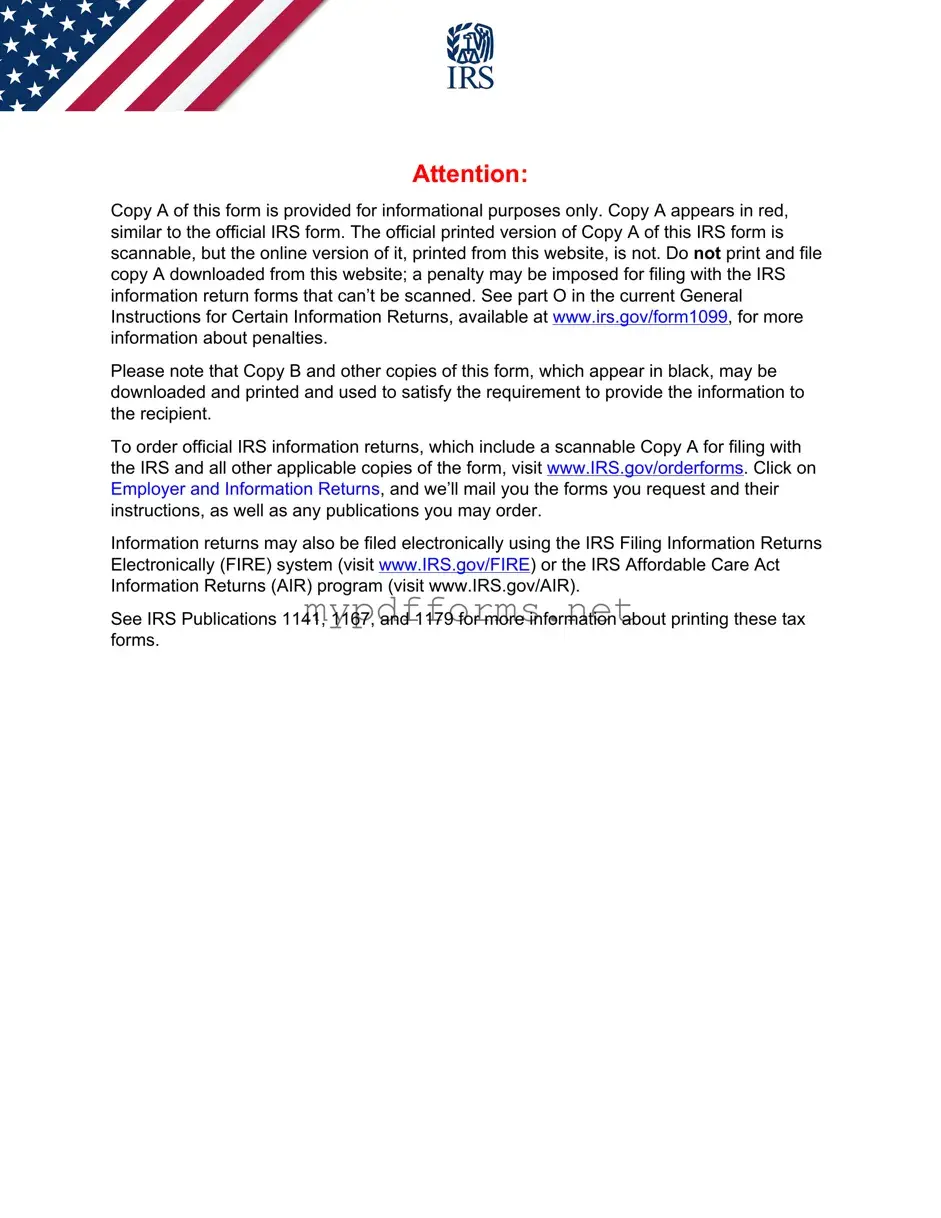The 1099-MISC form is similar to the 1099-NEC form in that both are used to report various types of income received by individuals who are not employees. The 1099-MISC form can report a wider range of payments, such as rents, prizes, and awards, in addition to nonemployee compensation. While the 1099-NEC focuses specifically on payments made to independent contractors, the 1099-MISC was historically used for this purpose until the IRS reintroduced the 1099-NEC in 2020. Recipients of both forms must report the income on their tax returns, and both forms require the payer to provide copies to the IRS and the recipient.
The W-2 form is another document that shares similarities with the 1099-NEC. While the 1099-NEC is used for reporting nonemployee compensation, the W-2 is specifically for reporting wages paid to employees. Employers must withhold income tax, Social Security, and Medicare taxes from employee wages, while no such withholding is required for independent contractors. Both forms are essential for tax reporting purposes, as they inform the IRS and the recipient about income earned during the tax year. Recipients of both forms must use the information to accurately report their income when filing their tax returns.
The 1099-K form also resembles the 1099-NEC in that it reports income received through payment card transactions and third-party network transactions. Businesses that process payments via credit cards or online platforms must issue a 1099-K to report payments made to service providers or sellers. Like the 1099-NEC, the 1099-K is important for recipients to accurately report income on their tax returns. However, the 1099-K is specific to payment processing and does not cover nonemployee compensation directly, making it a distinct but related form.
The 1099-INT form is used to report interest income, similar to how the 1099-NEC reports nonemployee compensation. Financial institutions issue the 1099-INT to account holders who earn more than $10 in interest during the tax year. Recipients of this form must include the reported interest income when filing their taxes. Both forms serve to inform the IRS and the taxpayer about income earned, but they differ in the type of income being reported, with one focusing on interest and the other on compensation for services rendered.
The 1099-DIV form reports dividends and distributions received by shareholders, which is akin to the 1099-NEC's reporting of nonemployee compensation. Companies that pay dividends to their shareholders must issue a 1099-DIV to inform them about the income they have received. Recipients must report this income on their tax returns. While both forms provide crucial information for tax reporting, they differ in the nature of the income, with the 1099-DIV focusing on investment income rather than compensation for services.
The 1099-R form is used to report distributions from retirement plans, pensions, and IRAs. Similar to the 1099-NEC, it informs recipients about income that must be reported on their tax returns. Recipients of the 1099-R must include the reported distributions as income. Both forms are essential for ensuring that taxpayers accurately report their earnings, but they pertain to different types of income—one for retirement distributions and the other for nonemployee compensation.
The 1099-G form reports government payments, such as unemployment compensation and state tax refunds. This form is similar to the 1099-NEC in that it provides information about income received by individuals. Recipients of the 1099-G must report this income on their tax returns. Both forms serve to communicate income to the IRS and the taxpayer, but the 1099-G focuses on government payments rather than compensation for services rendered.
For landlords navigating the complexities of tenant relationships, the proper documentation is essential, and understanding the nuances of various forms is crucial. One important document pertains to lease termination, specifically the Illinois Notice to Quit form, which serves as a formal notification to tenants regarding the end of their tenancy. This vital form should be utilized in instances of lease violations or at the conclusion of rental agreements. To simplify this process, landlords can access a user-friendly version of this necessary document through Illinois Forms.
The 1099-C form is issued when a debt is canceled or forgiven. This form is similar to the 1099-NEC because it reports income that must be included on the recipient's tax return. Individuals who receive a 1099-C must report the canceled debt as income, as it can affect their tax liability. While both forms provide critical information for tax reporting, they differ in the context of income—one relates to service compensation, and the other to forgiven debt.
The 1099-S form is used to report proceeds from real estate transactions. Similar to the 1099-NEC, it informs the IRS and the taxpayer about income that must be reported on tax returns. Recipients of the 1099-S must report the proceeds from the sale of real estate, which can impact their overall tax liability. Both forms are important for ensuring accurate tax reporting, but they pertain to different types of income, with the 1099-S focusing on real estate transactions.
Finally, the 1099-B form reports proceeds from broker and barter exchange transactions. This form shares similarities with the 1099-NEC as it also provides information on income that must be reported on tax returns. Recipients of the 1099-B must report gains or losses from the sale of securities or barter transactions. Both forms serve to inform the IRS and the taxpayer about income earned, but they differ in the specific nature of the transactions being reported.
